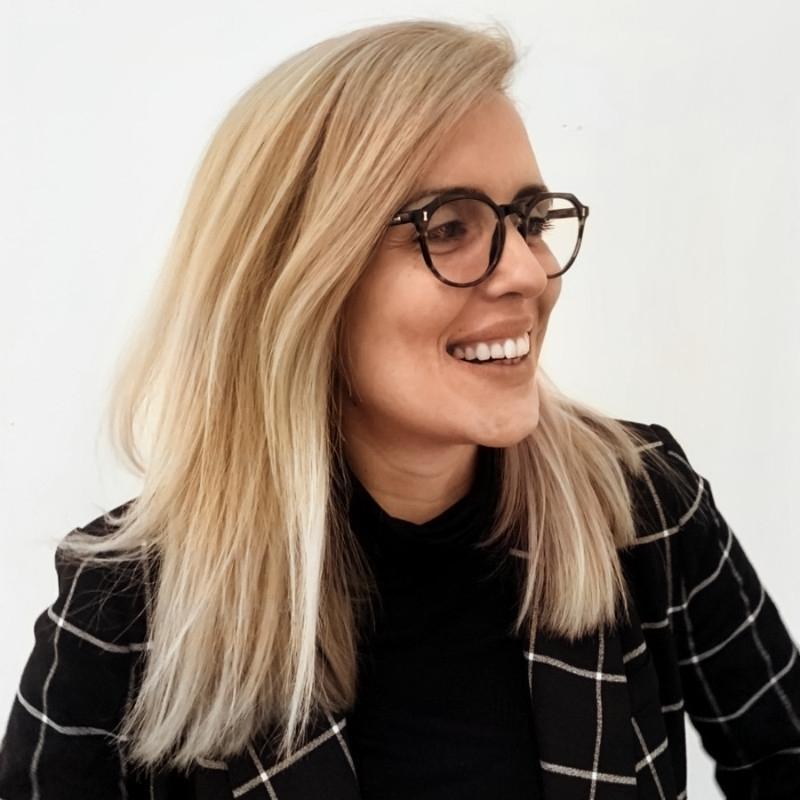For people who don’t identify as anything else outside of their assigned at-birth gender, it may be more of a challenge to relate to what nonbinary, gender non-conforming, and trans folks may feel when it comes to gender identity and the use of correct pronouns (I would urge an understanding of the use correct when referring to pronouns as opposed to preferred, once we aren’t talking about preference, at least this is my experience of it).
Aida Manduley, MSW, a nonbinary therapist and educator, defines a nonbinary person as “someone who does not identify exclusively as a man or a woman.” They note that it is often used as a general umbrella term for identities outside of the man-woman paradigm.
Having been socialised as a woman I identify as nonbinary and a woman; however, this may change over time. It is important to acknowledge that some nonbinary, gender non-conforming, and trans individuals will be referred to by any pronouns. Not everyone uses they/them, some prefer she/they, he/him, she/her, or some use multiple pronouns, as it’s possible to hold more than one truth at once. It’s also important to understand that pronouns are fluid and can change as people’s gender identity evolves.
The question I often ask myself is, “Is there such a thing as looking nonbinary”? I do not think that there is a certain way nonbinary, gender non-conforming, and trans individuals should, could or must look, and the same holds true for cis women and cis men. Everyone should have the freedom to express their gender in whatever way feels comfortable and natural to them. Then again, I still wish people wouldn’t assume she/her because of my appearance; part of it probably has to do with the fact that I have long hair and there is a certain code that comes with that.
Nonetheless, gender expression, and the use of pronouns, have been a struggle for me in life and of course work. However, I consider myself very fortunate that I was given this latest work opportunity, for several reasons, but most of all, I am grateful to my manager for recognising my true self from the outset. I was mostly referred to using the they pronouns, (I go by she/they, however, this may change over time) and even though this was not the first time I was sharing my pronouns on a work email signature, it was the first time that was acknowledged with such clarity and grace. Having this experience made me feel seen and validated and I am grateful for that. It was a reminder that it is important to stay true to who you are and to be open about your identity.
At a time when discussions around diversity, equity and inclusion have become as political as ever and as a result of my latest experiences I became convinced that recognising, accepting, and acknowledging who we really are it is some of the most meaningful actions we can take so that everyone feels welcome regardless of their identities at work and at home. If I were to suggest anything to other nonbinary, gender non-conforming, and trans people would be to commit to partnerships that keep them honest about where they are in life and how they want to be treated.
If I have learned anything from this experience is that treating myself the way I want to be treated is the surest way to attract the same from others, so that acceptance and inclusion can thrive.


